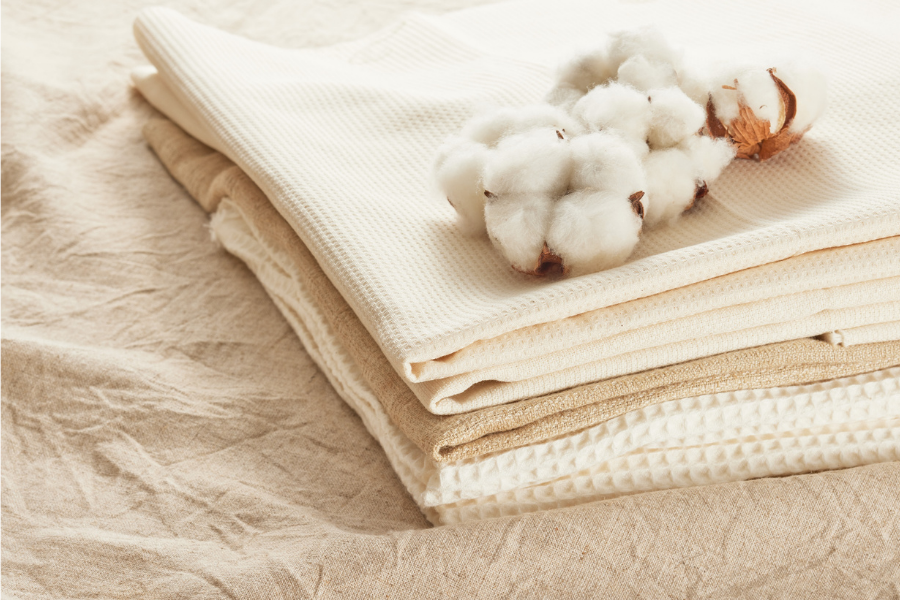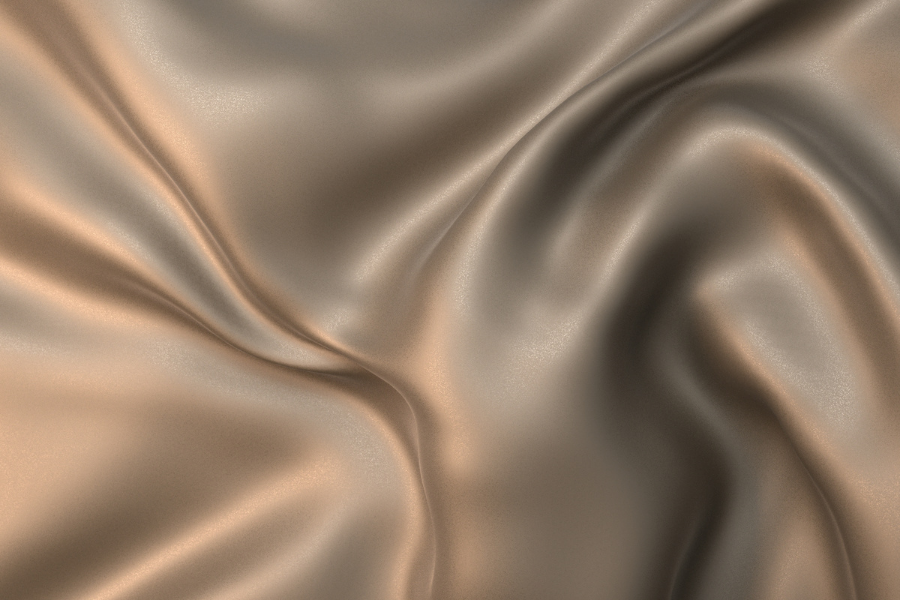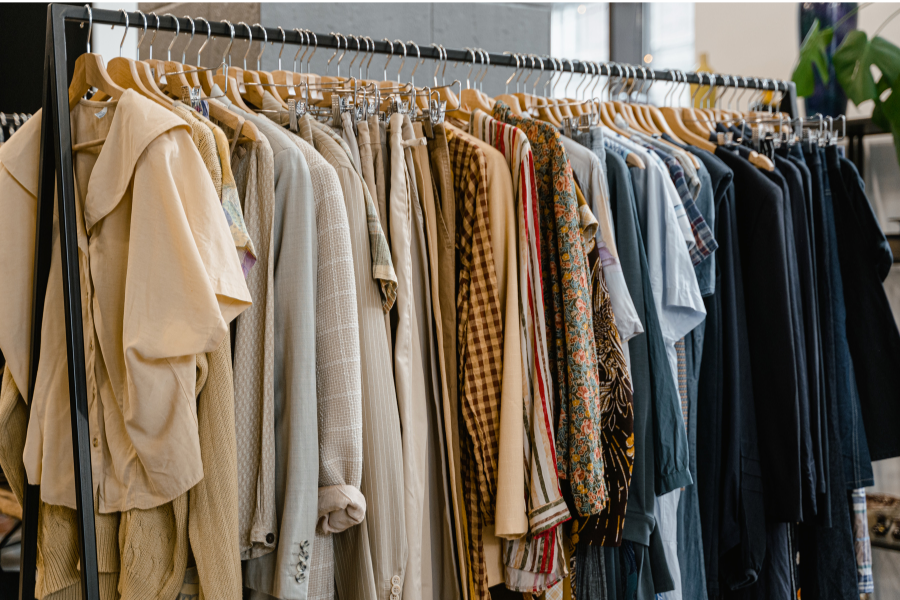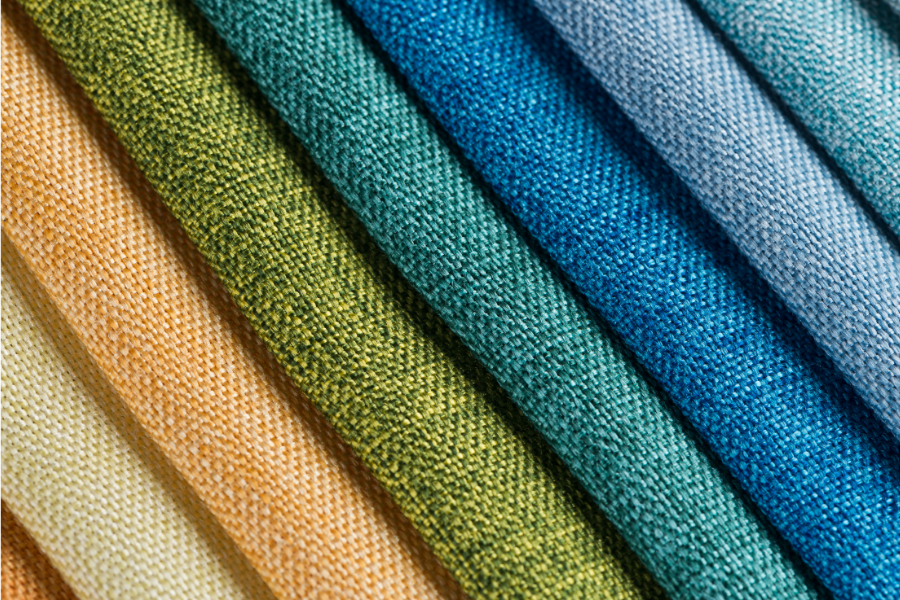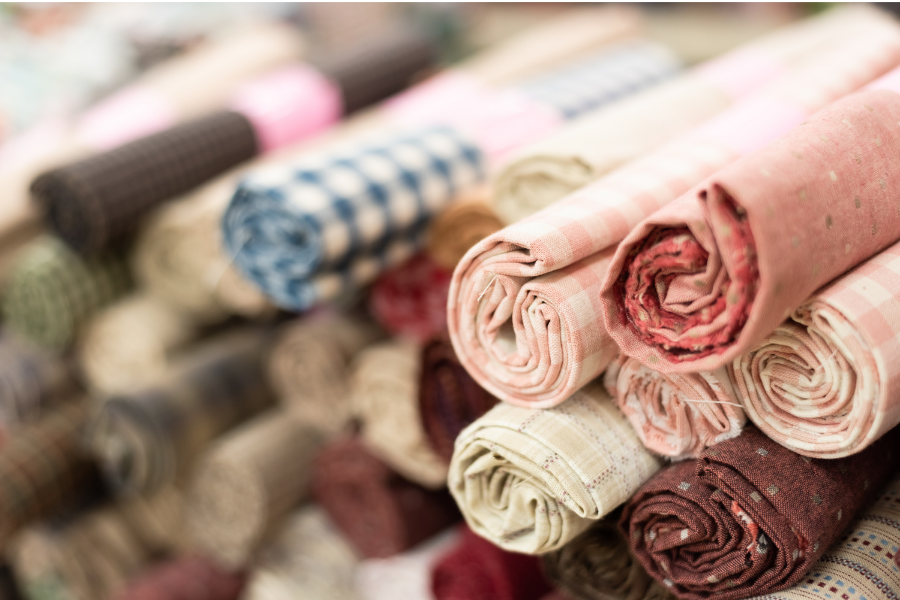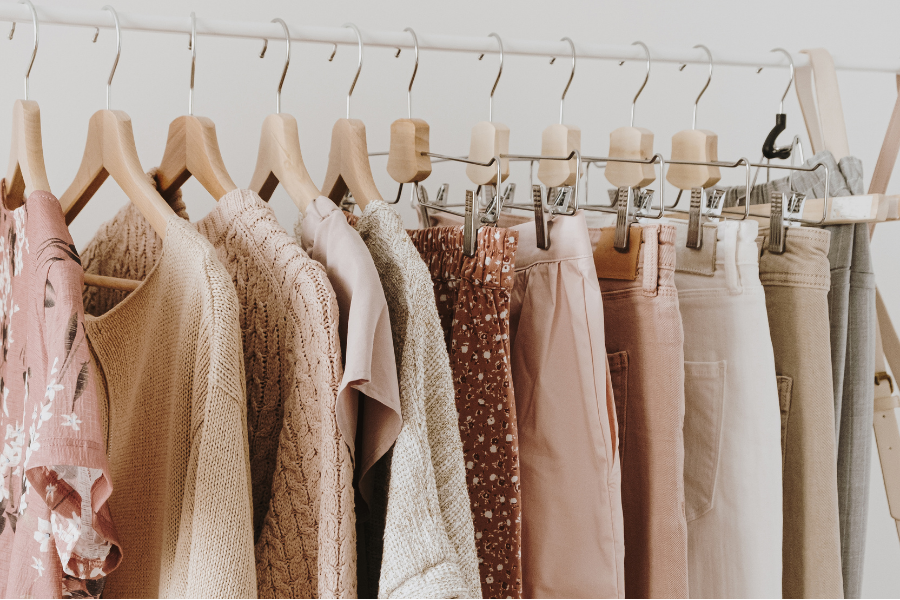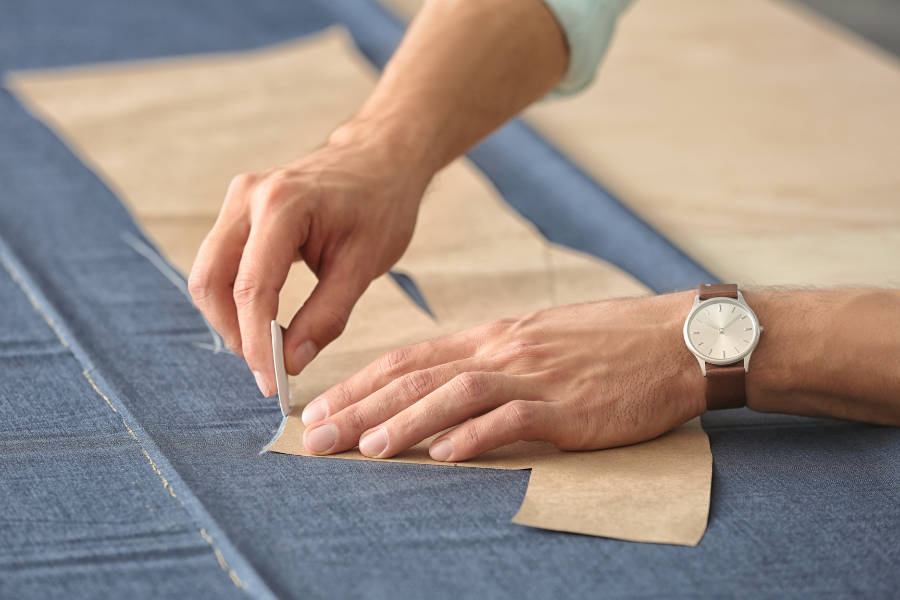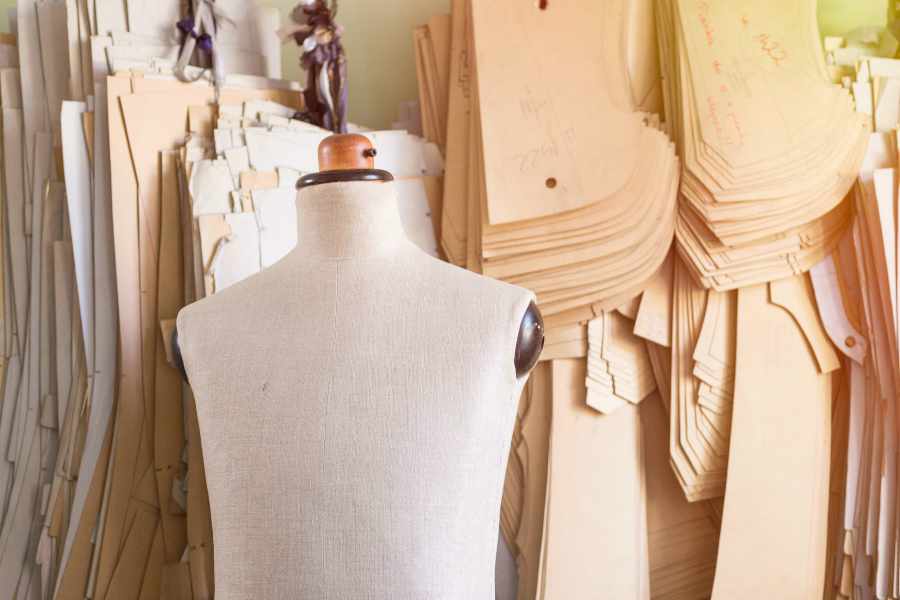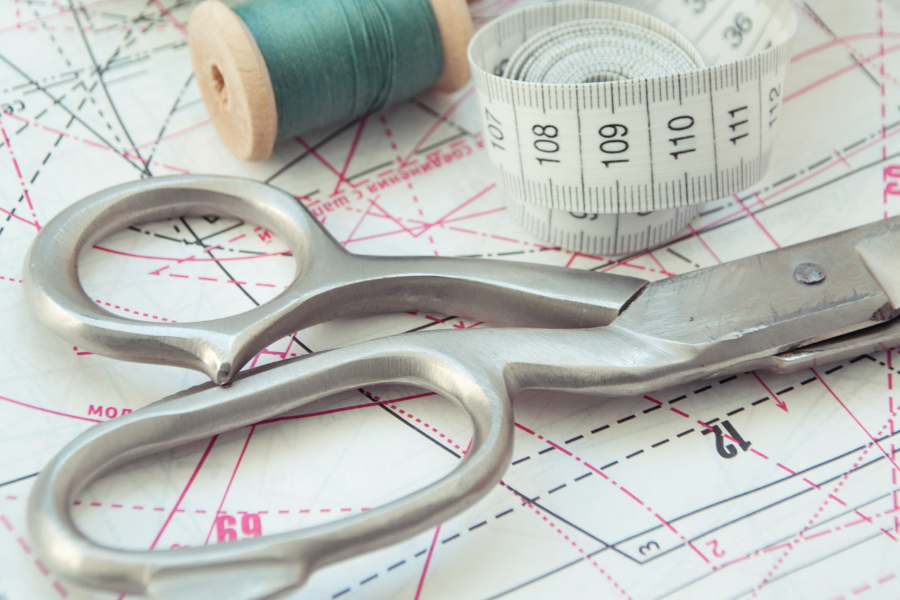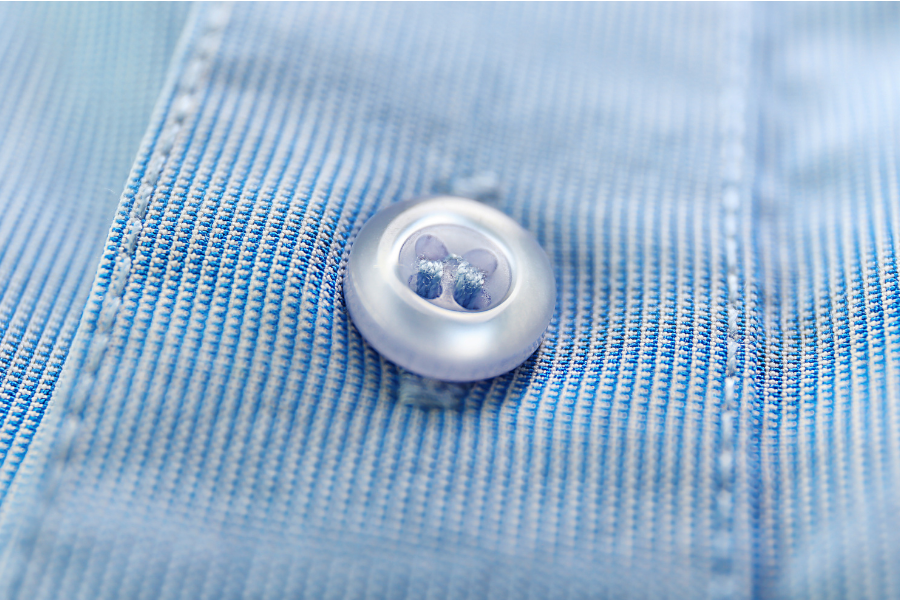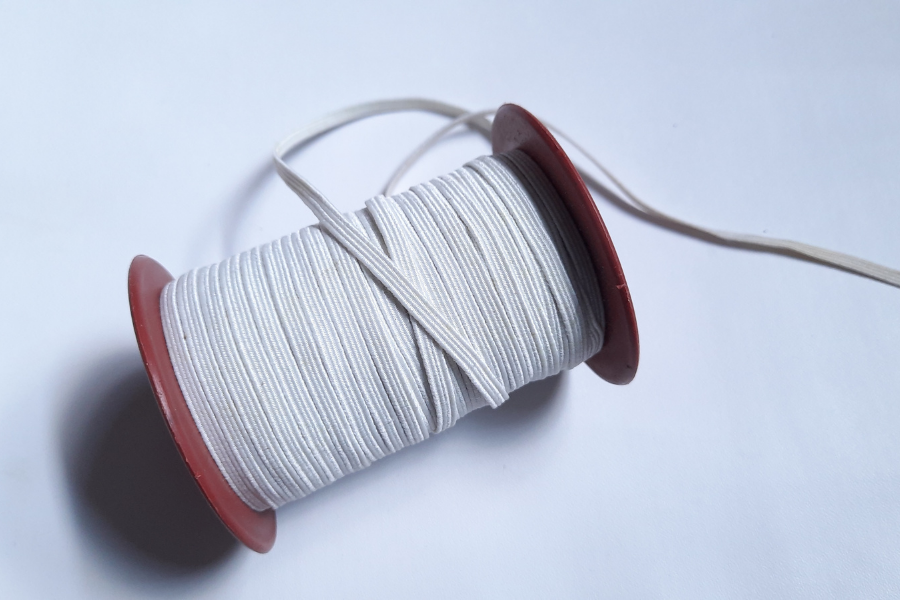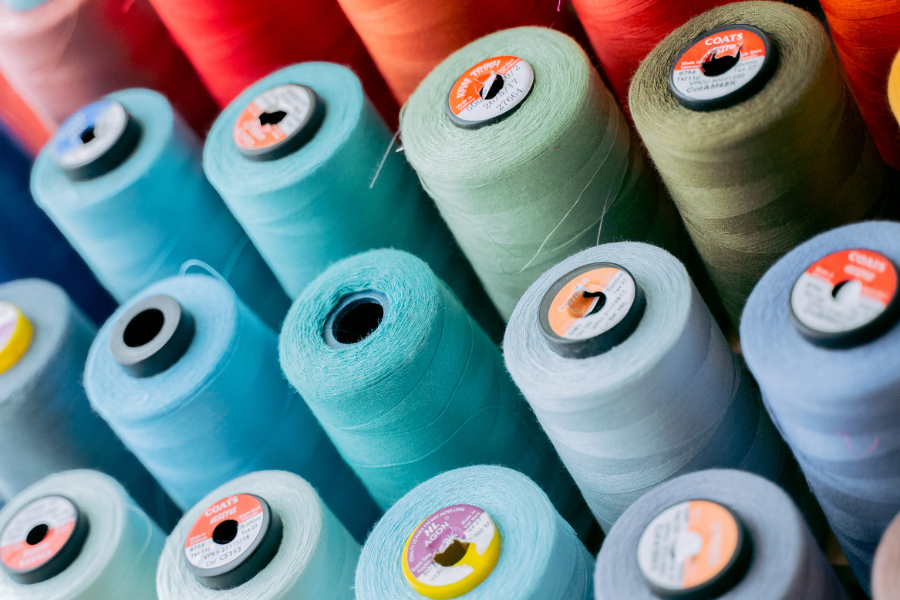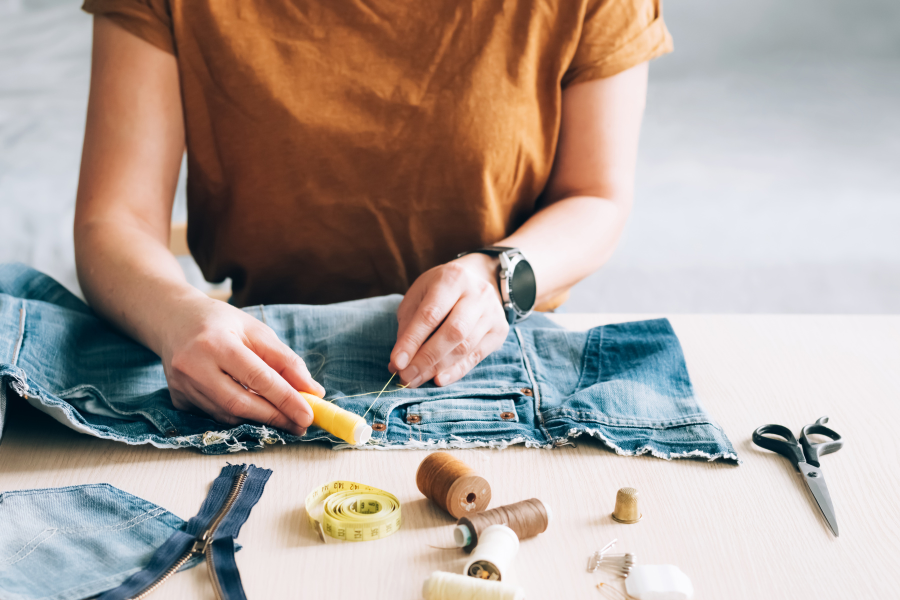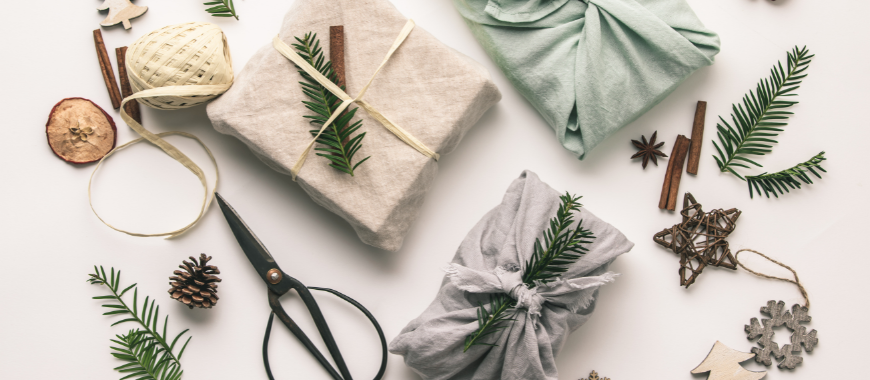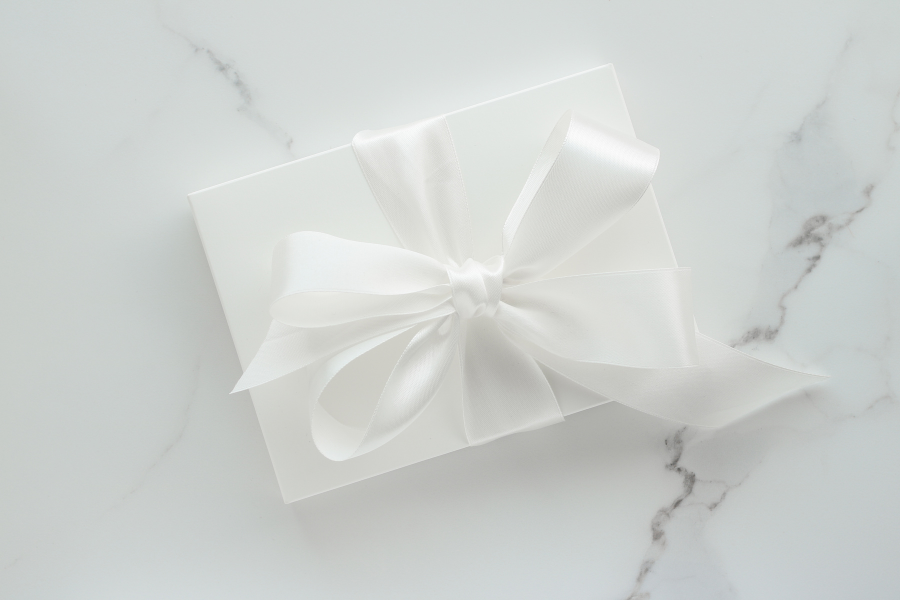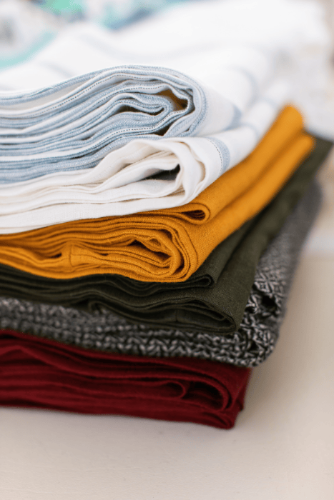Essential Guide to Prewashing Fabric for Sewing

Prewashing fabric might seem like an extra step, but it’s crucial for creating high-quality sewing projects. Before you cut into your beautiful new fabric, taking the time to prewash can save you from frustration, prevent unexpected shrinkage, and ensure your final garment looks perfect.
Why Prewashing Fabric is Absolutely Essential
Prevent Unexpected Shrinkage
Many fabrics will shrink after their first wash. By prewashing, you guarantee your garment fits properly after sewing, avoiding disappointing size changes that can ruin your hard work.
That sweater you’re spending hours creating is meant for YOU to wear, not your granddaughter!
Remove Excess Dye and Chemicals
Some fabrics, especially bold or dark colors, may bleed during initial washing. Prewashing prior to that first cut will ensure your new design:
- Prevents dye transfer to other fabrics
- Eliminates manufacturing chemicals
- Ensures your finished project looks exactly as you imagined
Understand Fabric Behavior
Prewashing reveals how your fabric:
- Handles washing
- Responds to drying
- Reacts to wrinkling
Waiting to figure out these potential issues after you’ve put your heart and soul into sewing your new garment could ruin your mood faster than spilling that sweet first cup of hot coffee in the morning (and there isn’t much that is worse than that!) ☕
How to Prewash Fabric: A Comprehensive Guide

Check Fabric Care Instructions
Before you start any new sewing project, you want to make sure you do these three things to ensure the safety of your fabric and feel confident you’re using the right fabric for the job:
- Follow the specific care guidelines
- Examine the fabric label
- Review the product description
Prepare Your Fabric
Secure fabric edges to prevent fraying in the wash using these methods:
- Zigzag stitch along raw edges
- Use a serger to overlock
- Apply pinking shears
- Staystitch near the selvedge
Washing Best Practices
Your new fabric is at its most delicate stage prior to the first wash, and before it’s in its final creation stage. It’s important that you don’t just throw it in with your regular mix-matched laundry load and hope for the best. To ensure the safety of your fabric, follow these washing instructions:
- Use a mild detergent (these are my best recommendations!)
- Sort fabrics by color
- Match wash settings to final garment care
- Dry with care (air drying is the BEST option here if you can go this route!)
Using a detergent that is fragrance free will also help make sure there are no additional chemicals added to your fabric that could alter the way it responds to your sewing project later on.
Prewashing Tips for Different Fabric Types
For a comprehensive list of specific fabric care instructions for a variety of fabrics, check out my previous blog on laundry fabric care . But if you’re using one of the following types of fabrics, here are the highlights to take into consideration.
Cotton Fabrics
- Wash in warm water
- Dry on medium heat
- Expect significant shrinkage
Delicate Fabrics
- Linen: Cool or warm water, air dry
- Rayon/Viscose: Hand wash, cold water, air dry
- Wool: Hand wash or wool setting, lay flat to dry
Synthetic Fabrics
- Wash on cool settings
- Less prone to shrinkage
- Avoid high heat
Pro Tips for Prewashing Success

Mark Your Fabric
Before washing, mark the fabric’s right side with a small piece of masking tape or tailor’s chalk. Some fabrics, like chambray or denim, can look similar on both sides after prewashing.
Press Before Cutting
After prewashing, press your fabric to remove wrinkles and ensure it lies flat for accurate cutting.
Consider Extra Yardage
To account for potential shrinkage, it’s always wise to purchase a little more fabric than your pattern requires. While we can’t predict the exact amount without knowing the shrinkage percentage, having extra on hand ensures you won’t run short after prewashing.
When to Skip Prewashing (Rarely!)
While some projects like bags or home décor might skip this step, garment sewing always requires prewashing. The extra time put in ahead of time helps prevent ill-fitting clothes, unexpected color bleeding, and potential fabric distortion in your final product.
Your Turn!
I know you’re excited to start creating your next masterpiece, but trust me when I say it’s imperative you take the time to follow the steps above to ensure your newest garment is your best one yet!
Prewashing isn’t just a chore—it’s an investment in your sewing project’s quality. By taking these steps, you’ll create garments that look professional, fit perfectly, and stand up to repeated wear and washing.
Have a unique fabric or special prewashing technique? Share your experiences in the comments below or tag us on social media with your feedback! I would love to hear your tips and tricks for fabric preparation that have worked for you in the past.

This blog was originally posted on February 27, 2025.


